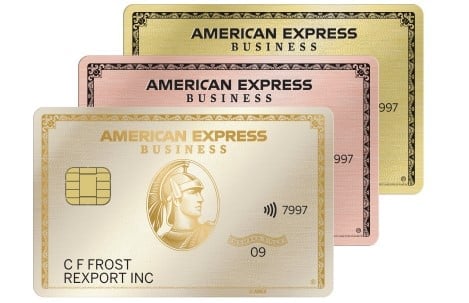What Is Debt Service Coverage Ratio?
Debt service coverage ratio (DSCR) is calculated by dividing your business’s total debt obligations by its net operating income.

Many, or all, of the products featured on this page are from our advertising partners who compensate us when you take certain actions on our website or click to take an action on their website. However, this does not influence our evaluations. Our opinions are our own. Here is a list of our partners and here's how we make money.
Debt service coverage ratio (DSCR) is a calculated ratio that indicates your business’s ability to cover its existing debt obligations. Business lenders may use DSCR when evaluating your application for a small-business loan to determine how much new debt your business can afford to take on.
How much do you need?
We’ll start with a brief questionnaire to better understand the unique needs of your business.
Once we uncover your personalized matches, our team will consult you on the process moving forward.
What is debt service coverage ratio?
DSCR is a measure of your business’s cash flow against your business’s current debt obligations, or debt service. When evaluating a loan application, this calculated number gives a prospective lender an idea of how much additional debt your business can afford to take on.
What is debt service?
Total debt service refers to the amount of cash your business needs to cover principal and interest payments on all outstanding debt, over a specific period of time. Essentially, it’s a sum of all the debt payments your business currently makes. A business lender may ask you to list these obligations on a business debt schedule.
Different types of lenders have different requirements for minimum debt service coverage ratio — there is no universal industry standard. That said, a DSCR of 1.25 to 1.50 is a typical minimum for most lenders, while a DSCR of 2.0 would be considered very strong.
Global debt service coverage ratio
Global debt service coverage ratio (GDSCR) refers to the calculation of DSCR including the debt and income of both the business and owner(s). It may either strengthen or weaken the DSCR — if an owner has good outside income and little additional debt, the DSCR should improve, while if they have a lot of personal debt to add, it may have the opposite effect.
A lender may choose to incorporate your personal income, your spouse’s personal income or income from another business if your business DSCR isn’t high enough to stand on its own. This may be especially relevant if the business owner’s salary makes a significant impact on the business’s profits.
Debt service coverage ratio formula
Debt service coverage ratio is calculated by dividing your net operating income (gross income – operating expenses) by your business’s total amount of debt:
DSCR = Net operating income / Total debt service
Debt service coverage ratio example
If your business’s net operating income is $350,000 annually, and you have $200,000 in outstanding annual debt obligations, your DSCR would be 1.75. (350,000 / 200,000 = 1.75.) That means your business has 1.75 times the cash it needs to cover current debt obligations. Another way of looking at it is that your business has $1.75 in cash for every dollar of outstanding debt.
» MORE: Calculate your own DSCR with our free DSCR loan calculator.
Why is DSCR important?
DSCR is a relatively simple calculation that can help you monitor the financial health of your business. Having an idea of your business’s ability to cover current debt can help you understand its ability to scale and plan strategically for growth. It’s similar to understanding and monitoring debt-to-income ratio (DTI) for your personal finances.
You'll want to understand DSCR before applying for a loan, since small-business lenders use DSCR during the loan application process to get an idea of how much new debt your business can afford.
How to improve your debt service coverage ratio
By nature of the formula, your debt service coverage ratio will improve if you work on the two numbers that factor into it — i.e., if you increase your net operating income and decrease your debt obligations.
To boost net operating income, business owners may consider revisiting vendor contracts to negotiate better terms or prices, look at expenses to cut or pursue new contracts or clients. Paying down as much debt as possible, as well as refinancing current debt at lower interest rates can help reduce debt obligations.





